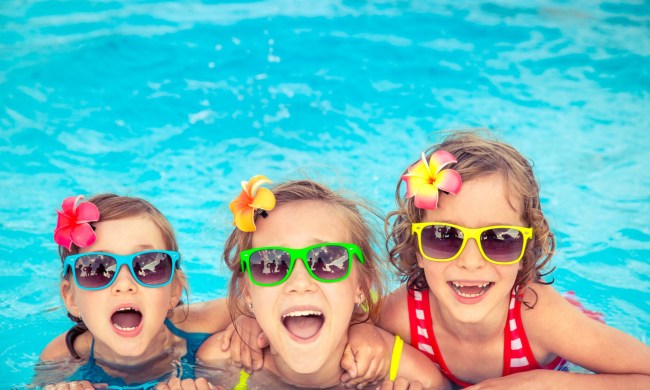Shopping for children can be stressful because you want to purchase a gift the child will enjoy and use. When shopping for toys for autistic kids, there are other factors you need to take into consideration. According to the Autism Research Institute, when shopping for a child with autism spectrum disorder, the first thing to think about is what the child likes. Children with autism may have a strong interest in dinosaurs or trains. If that’s the case, choose a toy within the child’s preference area. When unsure, ask the parents what the child is interested in.
Another suggestion is to look beyond the age recommendations printed on the toy. Children with autism may be at different developmental stages that typically do not align with their age. Some children with autism spectrum disorder are overstimulated by loud electronic toys with bright lights. A better option is a toy that is more hands-on.
The Autism Research Institute also recommends not purchasing a toy for an autistic child that requires adult assistance without checking with the parent first. Toys like science kits as well as complicated crafts and board games should be avoided unless you have a parental okay or have the time to spend with the child playing the game or putting the craft together.
Best toys for autism
Play-Doh or putty
Play-Doh is a wonderful present for a child with autism because of its sensory appeal. Playing with Play-Doh gets hand muscles working while kids roll, squish, and try to make different shapes and objects. Since a playroom can never have enough Play-Doh on hand, a 24-package of multicolored Play-Doh is an excellent toy that will also be beneficial for an autistic child.
For older autistic children, consider Discovery Putty. Discovery Putty is used in much the same way as Play-Doh. It can be utilized to reduce stress and anxiety while improving grip and hand strength. While it has learning and therapy purposes, playing with Discovery Putty is just fun for kids, too.
Weighted stuffed animals
A wonderful, cuddly buddy that comforts and offers sensory input is a weighted stuffed animal. Unlike a weighted blanket, a weighted stuffed animal can travel with the child wherever it is needed, such as the car or school. A weighted stuffed animal can be used to help a child with autism fall asleep at night or focus better during school. The soft feel and gentle weight is also calming. Sootheze is an adorable white tiger. It weighs 4 and a half pounds and can also be microwaved or chilled to act as a heating pad or provide cold therapy for bumps and bruises.
Weighted lap pad or lap animal
Another comforting gift for an autistic child is a weighted lap pad or animal. Either provides soothing comfort in stressful situations and also works to help the child focus, especially during school or when reading stories at home. Harkla makes a lap dog weighing 5 pounds. Its soft, cuddly cover looks like a snuggly pup and fits nicely on a child’s lap.
The design is also available as a lap pad. The weighted lap pad has a sensory side as well as a soft, plush side. Like the weighted lap dog, the lap pad weighs 5 pounds, too.
Sensory balls
A sensory ball or a package of smaller sensory balls is another active learning toy for a child with autism spectrum disorder. Dophyranix makes a 6-pack of sensory balls that offer the user different tactile sensations. The bright colors are great for helping kids learn colors, while the varied textures of each ball stimulates touch and helps to work on sensory development in a fun way.
Infantino’s 20-piece set of sensory balls, blocks, and buddies is a wonderful learning set that can grow with the child as his or her sensory skills progress.
When shopping for toys for autistic kids, be sure to check with the parents first. It’s always helpful to find out what is needed instead of just buying this year’s trendiest toy. Sensory toys are a wonderful learning tool for autistic children, while weighted stuffed animals or pads offer comfort and help with focus.



